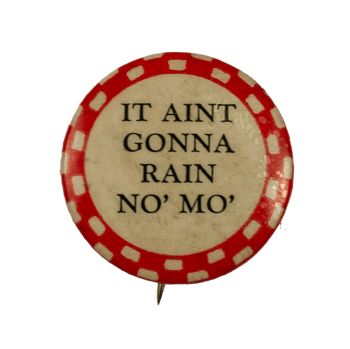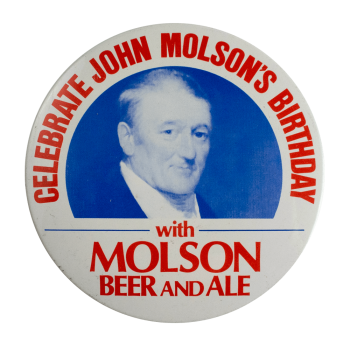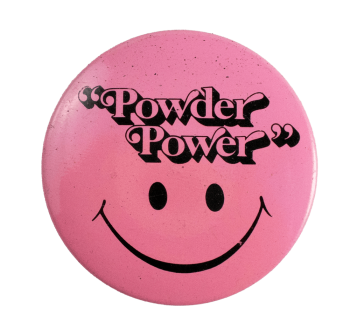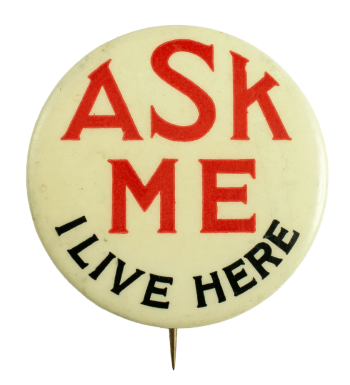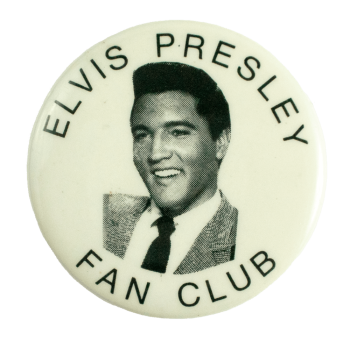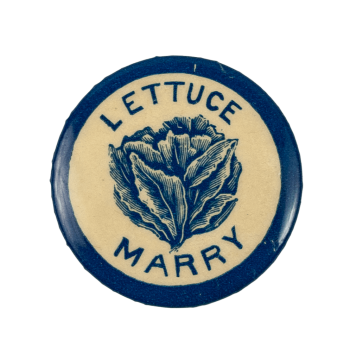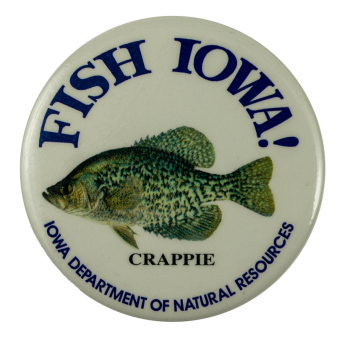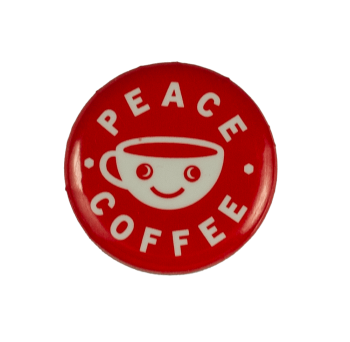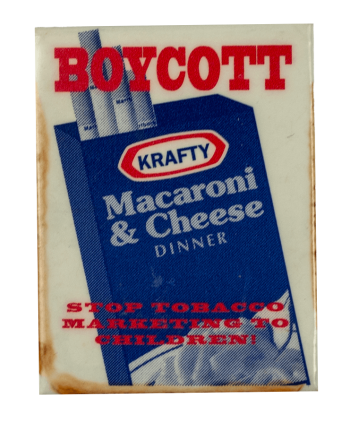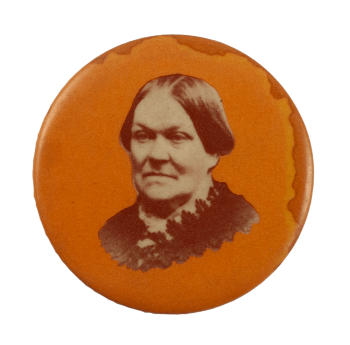It Aint Gonna Rain No' Mo'
| Category | |
|---|---|
| Additional Images | |
| Text on Button | IT AINT GONNA RAIN NO' MO' |
| Image Description | Black text on aged white background with red and aged white checkered edge. |
| Back Style | |
| The Shape | |
| The Size | |
| Year / Decade Made | |
| Additional Information | “It Ain’t Gonna Rain No ‘Mo” is a hit 1923 folksong first recorded by Wendell Hall (1896-1969). Known colloquially as “The Red-Haired Man,” Hall helped bring “hillbilly” tunes onto the music scene, and “It Ain’t Gonna Rain No ‘Mo” is often considered the first hillbilly song. Despite selling more than 2 million copies of one of his records, Hall’s legacy was not everlasting; Hall saw several decades of recording success in the 1920s and 1930s but then faded away into almost obscurity. In the 1940s, carnivals gave out checkered pin-back buttons as game prizes and souvenirs, many of which had funny phrases like “You’re the One” and “Jeepers Creepers!” and also titles of famous songs of the day, like “I’m No Angel,” sung by Mae West for her movie I’m No Angel (1933). This “It Ain’t Gonna Rain No ‘Mo” button may be a variation of such buttons and would certainly fit the theme of a country, or “hillbilly,” carnival. |
| Sources |
Baker, R. (1988, April 9). Opinion | OBSERVER; It Ain’t Gonna Rain No More. The New York Times. https://www.nytimes.com/1988/04/09/opinion/observer-it-ain-t-gonna-rain-no-more.html Bluegrass Messengers - Ain’t Gonna Rain No More- Wendall Hall. (2025). Bluegrassmessengers.com. http://www.bluegrassmessengers.com/aint-gonna-rain-no-more--wendall-hall.aspx 6 Vintage 1940s Carnival Pinback Lot Checkered Buttons. (2024). ATTIC.city. https://attic.city/item/A0NW/6-vintage-1940s-carnival-pinback-lot-checkered-buttons-/north-grove-antiques |
| Catalog ID | IB0865 |

